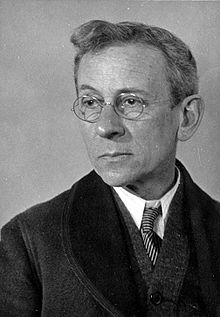
Lewis Hine
1874- 1940
“There is work that profits children, and there is work that brings profit only to employers. The object of employing children is not to train them, but to get high profits from their work.”
– Lewis Hine, 1908
Lewis Wickes Hine was born in Oshkosh, Wisconsin on September 26, 1874. Hine studied the subject of sociology in Chicago around 1900, before he moved to New York in 1901. There, he got the opportunity to work and teach at the Ethical Culture School. While at the school, he took up the skill of photography as a form of enhancing his teaching methods. By 1904, Hine began taking various photographs while documenting immigrant arrivals at Ellis Island. This series of photos, along with his photographs of laborers and their conditions published in The Pittsburgh Survey sociological study, brought his work to the attention of the National Child Labor Committee. Hine served as the National Child Labor Committee’s official photographer and staff investigator between the years 1911 and 1916.
As a school teacher, Hine was especially critical of the country’s child labor laws. Although some states had enacted legislation which was designed to protect young workers, there were no federal laws that dealt with the issues. Hine travelled the country taking pictures of children working in factories, covering over 12,000 miles in a twelve month period. Unlike the photographers who worked for Thomas Barnardo, for example, Hine made no attempt to over-exaggerate the poverty of these young people. This was critiqued by many, but also supported by many. As a result, Hine hoped to encourage others to join the cause against child labor in the United States. Factory owners often refused Hine permission to take photographs out of fear of being exposed negatively. As a means of gaining access, Hine sometimes hid his camera and posed as a fire inspector. This disguise granted him access into areas he would have been shut out of if he had posed as himself.
Even taking in the consideration of the success of his books, Hine’s photography was ultimately forgotten, and his finances were bleak. Hine had great difficulty earning enough money from his photography. In January 1940, Hine lost his home after failing to keep up with repayments to the Home Owners Loan Corporation. Hine died in extreme poverty eleven months later, on November 3, 1940.
Berenice Abbott and Elizabeth McCausland were exposed to his work through the New York City Photo League and in 1939, mounted a traveling retrospective exhibition of Hine’s work to revive interest. Hine is best known for the documentary photographs of child labor practices and their harsh labor conditions that he produced, with the support of the National Child Labor Committee, from 1911 to 1916. These photographs not only have been credited as important in the passing of child labor laws, but also have been appreciated for their depiction of despair and individuals in non-ideal working conditions. As a means of steering clear from sympathetic grievances, Hine labeled his pictures “photo-interpretations,” emphasizing his subjective involvement with his subjects. This means of separation became the model for many other documentary photographers, including Sid Grossman and Ben Shahn.
Photographs By Lewis W. Hine